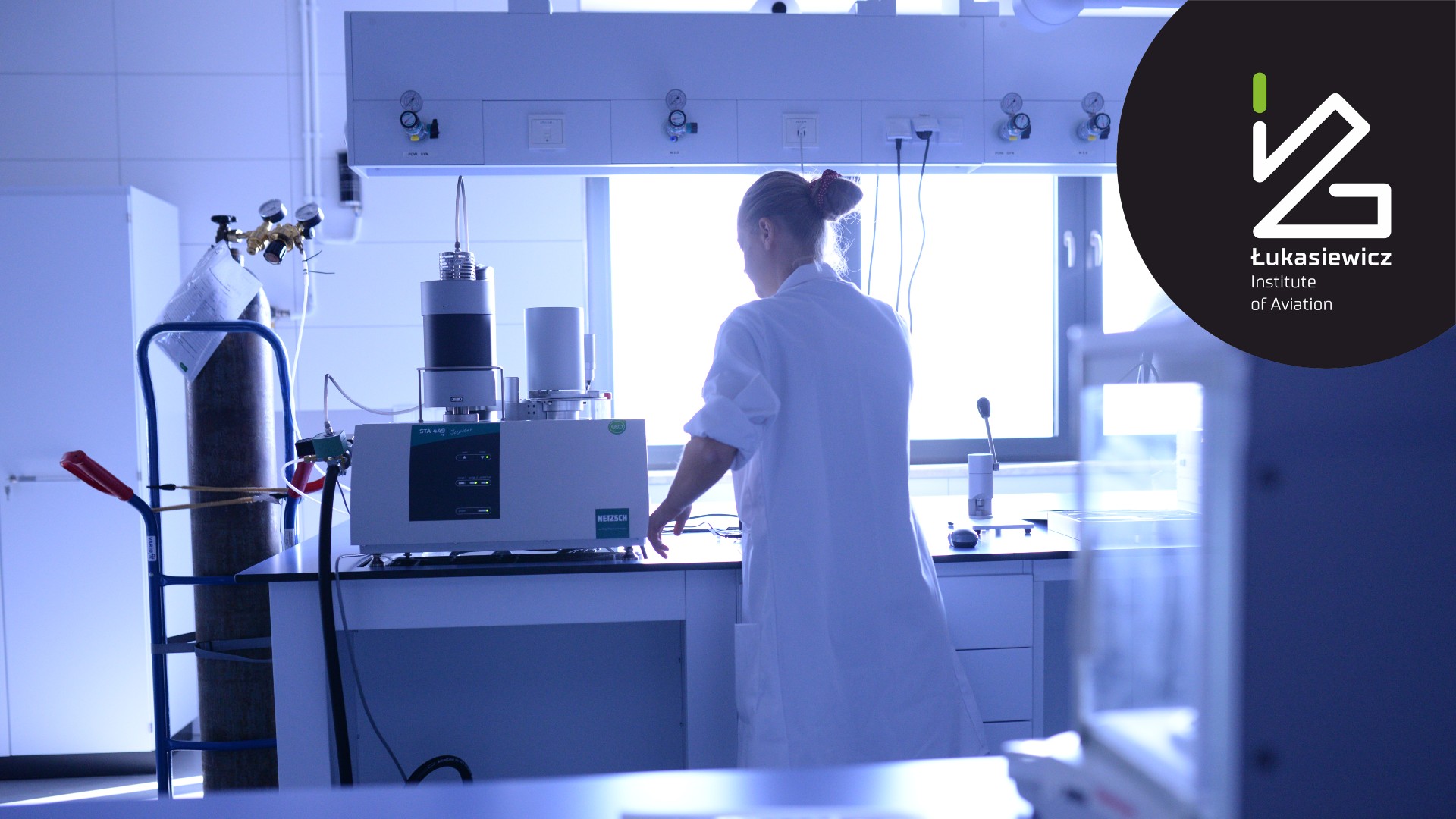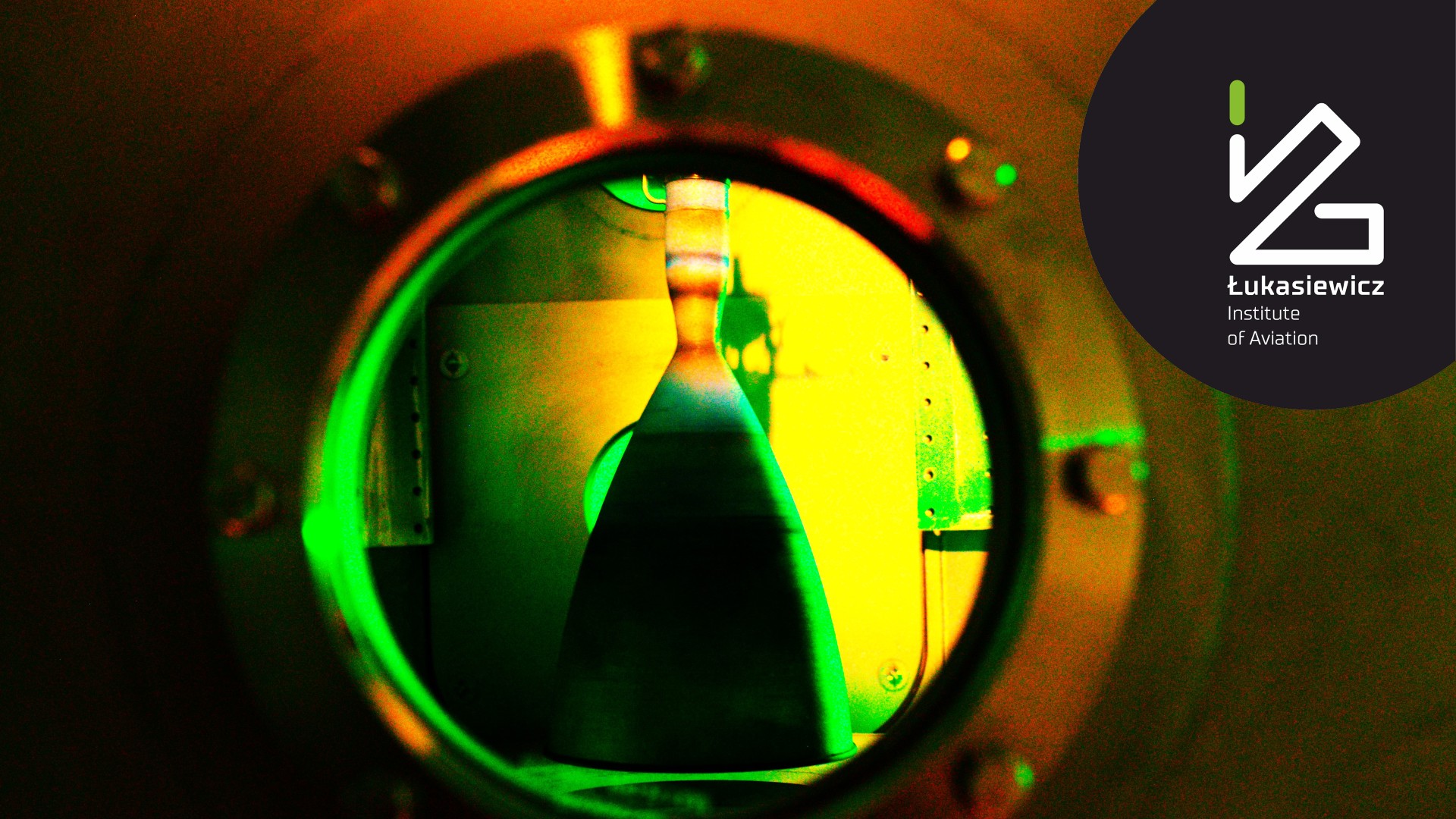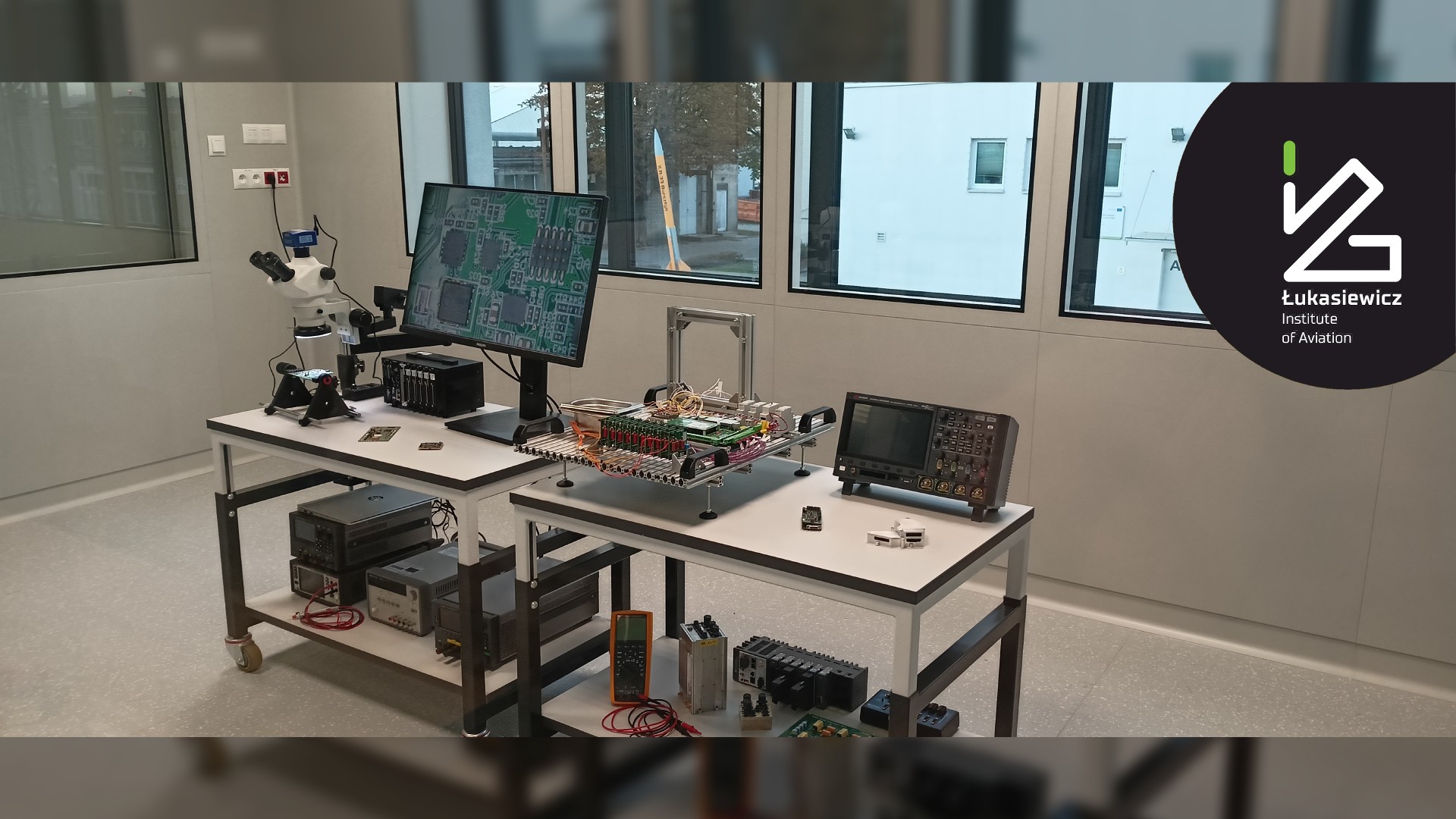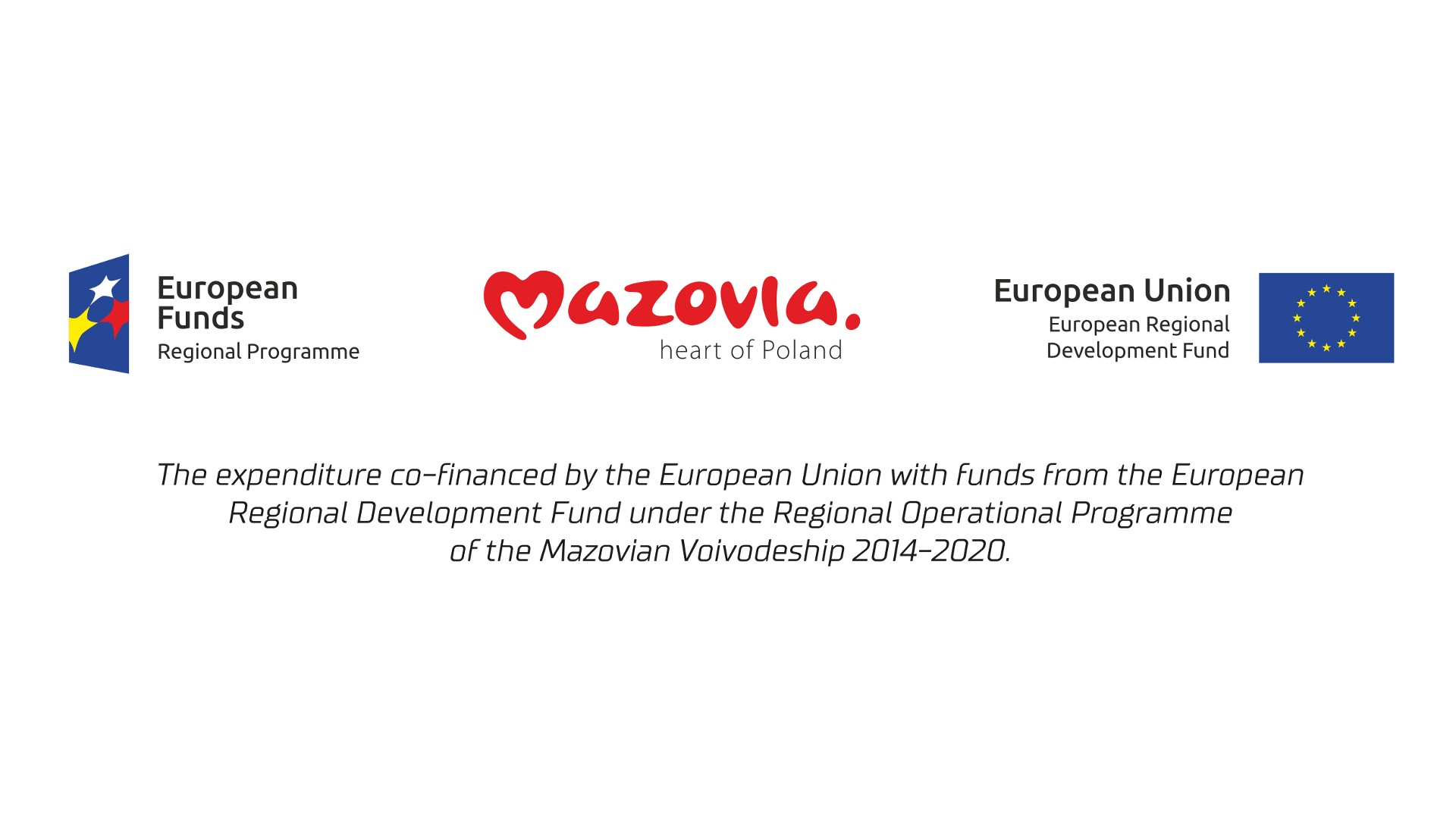New 500N vacuum test facility in Europe. Green propulsion oriented.
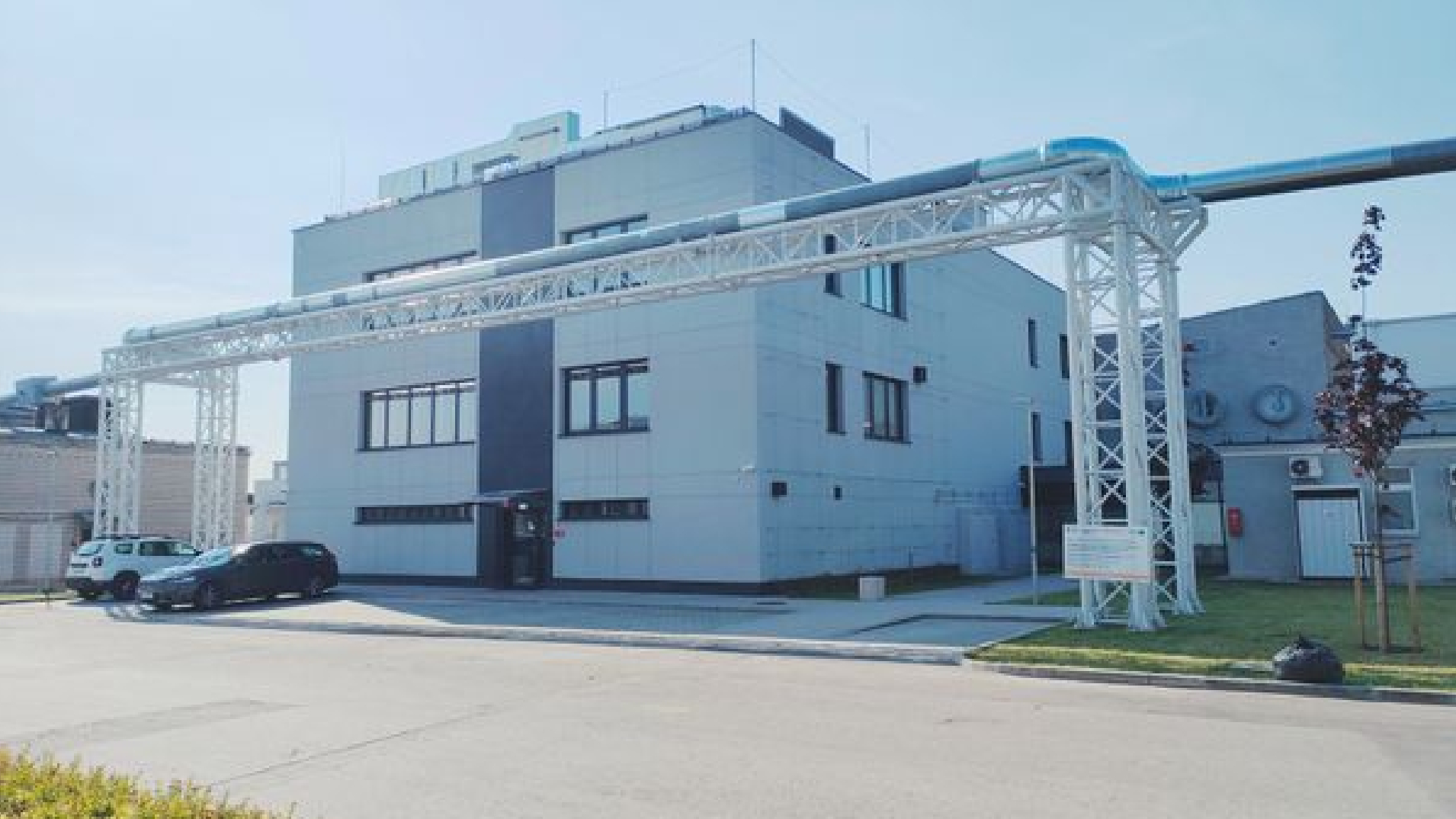
Poland's leading aerospace entity: Łukasiewicz – Institute of Aviation inaugurated its new Rocket and Satellite Propulsion Laboratory Center. The new facilities are to aid further development of green space propulsion technologies in Europe. The center was opened on October 24, 2023 with a strong representation from the European Space Agency, key European Large Satellite Integrators and primes in Space Transportation Systems – among others: ArianeGroup, OHB, Nammo, The Exploration Company, as well as new space players.
Development of green propulsion
Being one of the leaders in green propulsion, with over 30 European projects in Space Propulsion funded by the European Space Agency and European Commission in the past decade, Łukasiewicz – Institute of Aviation aims to be the region's Green Propulsion R&D Hub and continue to be one of Europe's hot spots regarding innovative propulsion technologies. One of the Institute's goals is to facilitate new technology industrialization and provide services for external clients. Łukasiewicz – Institute of Aviation is a member of the Polish ESA Business Incubation Centre consortium and delivers R&D services to start-ups and global sector leaders.
"These services are not limited to rocket thruster and engine vacuum hot firings. Apart from four space propulsion test cells on campus, we offer extensive laboratories for advanced manufacturing (including ECSS-compliant metal additive manufacturing in stainless steel, copper and other alloys), composite technologies, environmental testing and materials and structures testing facilities. Our goal is to become a one-stop-shop for the global aerospace industry," says Director of Łukasiewicz – Institute of Aviation, Ph.D. Eng. Paweł Stężycki.
Testing of green propulsion
With a total of a few thousand square meters of space technology laboratories with specialized infrastructure, the Institute offers:
- Vacuum hot fire green thrusters' and engines' testing and qualification (up to 500N of thrust).
- Atmospheric test stands for space propulsion (for systems with thrusts of up to 5,000N).
- Extensive chemical laboratories for novel propellant and energetic materials research along with tests aiding storability and compatibility of propellants.
- Space subsystems testing laboratories, including valve testing, control systems and avionics laboratories with ISO 8 cleanroom.
- Environmental test stands – Thermal Vacuum Chamber, vibration and high-pressure tests.
Via the new facility and joining Europe's top high-altitude space propulsion test centers, Poland has taken a significant step towards advancing its presence in space exploration. This state-of-the-art facility, founded with the cooperation of the local government and Łukasiewicz – Research Network represents a milestone in the country's pursuit of space research and innovation.
New unique capabilities position the Institute as a key European player in the development of novel chemical propulsion technology for upcoming missions to the Moon, Mars and beyond.
High test peroxide solutions
The last five years have been a streak of successes for Łukasiewicz – Institute of Aviation. Some of them include successful in-flight demonstrations: of the world's first vehicle using 98% hydrogen peroxide as oxidizer (the ILR-33 AMBER suborbital rocket) and the world's first flight of a rocket powered by a Rotating Detonation Engine using liquid propellants. Most recent advances include the development of new catalyst bed technology for hydrogen peroxide (giving the gold medal to Ph.D. Eng. Paweł Surmacz during the recent INNOVERSE EXPO 2023 in Atlanta) and novel storable fuel for hypergolic use with hydrogen peroxide (with potential cooperation with The Exploration Company, after the MoU signed during the opening ceremony).
The institute's Space Propulsion and Space Transportation engineering team surpassed 100 FTE in 2023 and the recent fewfold increase of Polish budget in ESA optional programs gives bright prospects for further growth of international cooperation.
Contact us: info@ilot.lukasiewicz.gov.pl
The construction of the Rocket and Satellite Propulsion Laboratory Center received co-funding of over 5.7 million Euro from the 2014-2020 European Union Regional Operational Programme of the Mazowieckie Voivodeship. The total investment exceeds 12 million Euro.
Breaking space news, the latest updates on rocket launches, skywatching events and more!
